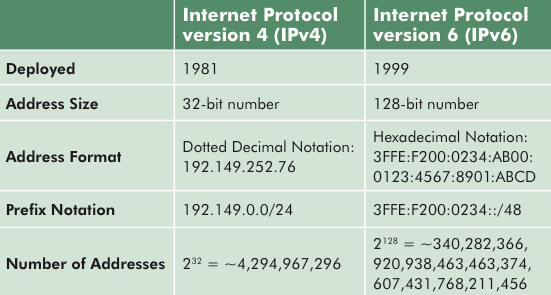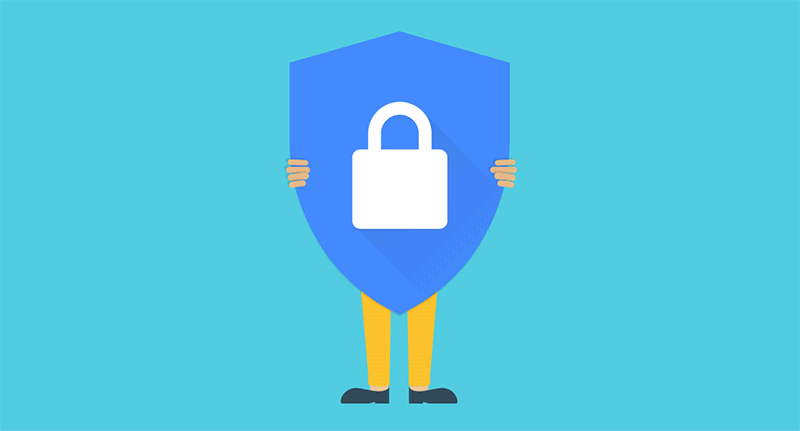What Is My IP Address ipv4?
Your IP is : 103.56.43.85
How Can I Change the IP address?
It depend upon which IP you are referring to?
IP address provided by ISP :
If you are reading this page, You are connected to internet and if you are connected to internet your ISP, must have provided you with dynamic IP address issued by DHSP.
If you disconnect and re-connect your internet connection, you will most probably get a new IP address.
To keep a Static IP address use a VPN Server,
What is a IP address?
The “IP” stands for “Internet Protocol.” The “address” part refers to a unique number that gets linked to all online activity you do..
Every device on a internet system has a exceptional identifier.
As you would address a letter to send in the email, computers utilize the exceptional identifier to send info to particular computers on a network.
Most networks now, such as all computers which is online, utilize the TCP/IP protocol as the norm for the way to communicate in the system.
From the TCP/IP protocol, the exceptional identifier for a computer is known as its IP address.
All computers using IP addresses have an IPv4 address, and most are beginning to utilize the maximum aviable IPv4 the new IPv6 address system is kicking in.
To understand the basic of IP address, have a look of this video.
Types Of IP address
There are two types of IP address, IPv4 and IPv6.
Let us understand things in detail here.
IPv4 uses 32 binary bits to make one special address on the community.
An IPv4 address is extracted by four numbers separated by dots.
For instance: 212.23.31.127
Where IPv6 uses 128 binary pieces to make one special address on the community.
Groups of amounts that include all zeros are usually omitted to conserve space, leaving a colon separator to indicate the gap (like in 2001:cdba::3257:9652).

In the dawn of IPv4 addressing, the Web wasn’t the big business compare to now, and many networks were personal and shut off from different networks across the globe.
When the Internet exploded, using just 32 bits to identify a exceptional online address brought people to fear that we can run out of IP addresses.
Under IPv4, you can find 232 potential combinations, which provides only under 4.3 billion unique addresses.
IPv6 increased that into some panic-relieving 2128 possible addresses.
Afterwards, we will have a better look at just how to know your own computer’s IPv4 or IPv6 addresses.
An IP address may be either static or dynamic. A static address is one which you configure yourself by simply editing your computer’s system settings.
This sort of speech is uncommon, and it may create network problems should you use it without a fantastic understanding of TCP/IP.
Dynamic addresses are the most typical.
They are delegated by the Dynamic Host Configuration Protocol (DHCP), a service operating on the community.
DHCP normally runs on network components like routers or dedicated DHCP servers.
Dynamic IP addresses are issued with a leasing system, which means the IP address is active for a limited time. If the lease expires, then the computer will automatically ask for a new rental.
From time to time, this means that the computer will find a new IP address, also, particularly if the computer has been unplugged in the network involving leases.
This course of action is usually clear to the consumer unless the pc cautions about an IP address conflict on the system (two computers using the exact same IP address).
A speech conflict is rare, and now’s tech typically fixes the issue automatically.
Then let us have a better look at the essential sections of a IP address along with the distinctive functions of particular addresses.
Understanding Internet Addresses and Subnets
Your Internet service provider (ISP) might be among those things, or it might be a part of a bigger block below the management of a few of these entities.
In order for one to link to the world wide web, your ISP will assign you one of those addresses.
You may see a complete list of IANA assignments and bookings for IPv4 addresses.
If you just connect 1 computer to the web, that computer may use the address from the ISP.
Many homes now, however, utilize routers to share one online connection between multiple computers.
Wireless routers have become particularly popular in the past several decades, avoiding the necessity to run network cables between chambers.
Should you use a router to share an online connection, the router has the IP address delivered straight from the ISP.
Subsequently, it generates and manages a subnet for all of the computers connected to this router.
In case your computer’s speech falls into a few of those reserved subnet ranges recorded earlier, you are going via a router instead of linking directly to the Web.IP addresses on a subnet have two components: system and node.
The system part explains the subnet itself. Even the node, also referred to as the host, is a single item of computer equipment on the system and requiring a exceptional address.
Every computer knows how to divide the two regions of the IP address with a subnet mask.
A subnet mask appears somewhat as an IP address, but it is really only a filter used to ascertain which section of a IP address designates the system and node.A subnet mask is made up of collection of 1 pieces followed by a collection of 0 bits.
The 1 bits signify the ones that should conceal the network bits from the IP address, showing just the ones that identify a exceptional node on that network.
11111111.11111111.00000000 = 24 pieces for networks, eight pieces for nodesIndividuals who put up big networks decide what subnet mask works well according to the amount of desirable subnets or even nodes.
For more subnets, use more bits for the system; to get more nodes per subnet, use more pieces for your nodes.
This may mean having non-toxic mask values. As an example, if you would like to use 10 pieces for networks and 22 for nodes, then your subnet mask value might necessitate using 11000000 from the next octet, leading to a subnet mask value of 255.192.0.0.
One other important point to notice about IP addresses in a subnet is the first and final addresses are booked.
The primary speech defines the subnet itself, and also the previous speech defines the broadcast address for approaches on this subnet.

